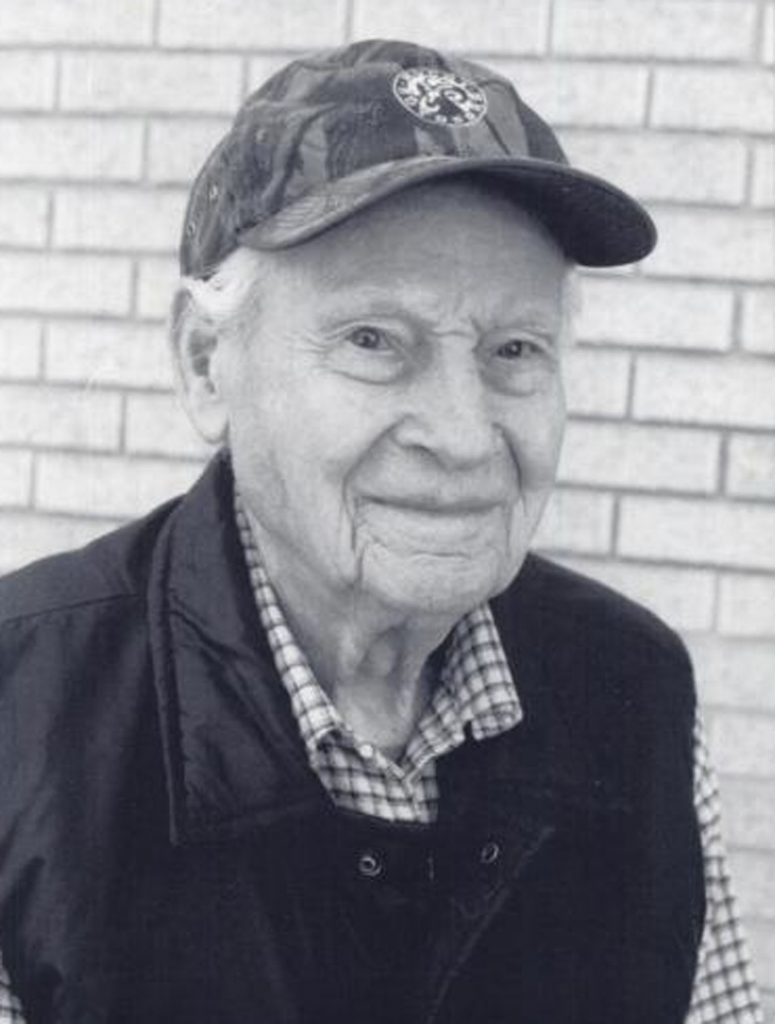Berlyn Brixner was hired into Los Alamos in July of 1943. He became a member of the Optical Engineering Group assembled by Professor Julian Ellis Mack to assist in providing optical and camera support for the various groups within the Manhattan Project. He was also the head photographer for the Trinity test, and his photography of the implosion method and other explosions assisted scientists in making the necesssary adjustments in their calculations. Before World War II, Berlyn Brixner studied photography under Willis W. Waite and was hired by the Soil Conservation Service (presently called Natural Resources Conservation Service). As a regional photographer, Brixner documented the effects of the drought in New Mexico during the Dust Bowl and Great Depression Era.
When Brixner began working at Los Alamos, his most urgent objective was to design a specialized high speed camera with sufficient microsecond resolution for recording the experimental data that would eventually be used to design and construct an atomic bomb. High speed cameras had already been constructed to photograph bullets leaving gun barrels, so the optical and camera needs for the uranium “gun method” experiments were easily met due to uranium 235’s “slow” critical insertion time of about 1 millisecond. However, a much faster photographic process was required for plutonium experiments because it is spontaneously fissionable due to its plutonium 240 isotope content. As a result, plutonium has a very fast critical insertion time of approximately 10 nanoseconds. A rotating drum camera was initially used to conduct implosion studies to design and construct an atomic bomb using plutonium. However, this camera was replaced in 1944 by a much faster rotating mirror camera with 10-7 second resolution invented by Professor Mack. The Mack Streak Camera assisted in the design and perfection of a plutonium cylindrical implosion process with the assistance of Berlyn Brixner. This was the process used in the Trinity test and in the Fat Man bomb dropped on Nagasaki.
Trinity Test
As the head photographer of the Trinity test, Berlyn was in charge of filming photographing all aspects of an unknown event that began with the brightest flash of light. To do so, he incorporated fifty cameras of the following types: 1) A Mitchell camera capable of operating at 100 frames per second (fps), 2) Two types of Fastax cameras capable of producing pictures on 100 foot rolls of 8 or 16 mm film at 150 to 8,000 fps, 3) A Marley high speed frame camera capable of producing 59 images at up to 100,000 fps on a stationary strip of 35mm film. In addition, the drum streak (moving slit image) had 10-5 second resolution, and electro-optical shutters providing 10-6 second resolution. Photography of oscilloscope traces soon recorded 10-6 resolution, which was later improved to a resolution of 10-8 seconds.
These cameras ranged in running speeds of one frame per second to 10,000 frames per second and all cameras in between, incorporating different exposure settings and lenses. The majority of the photographs taken used 8 millimeter black and white film such as Panatomic X film, ASA-30, Super Double X, and Plus X. The cameras were positioned as close as a half mile from ground zero and as far as 14 miles away. There were two sites north of ground zero and two sites west of ground zero, one at 800 yards, and one at 10,000 yards. There was also a fifth site located approximately 25,000 yards away. Two GI’s were assigned to run a few aero cameras at this site to record any upper atmospheric phenomena that might occur as a result of the detonation. All the cameras, including the one Brixner had in his lap at the time of the detonation were operated from a central control station. Approximately 100,000 photographs were taken for seventeen experiments that were conducted during the Trinity atomic bomb test. The final report of these experiments took one year to complete.
Post-War Accomplishments
After the war, Brixner and Mack designed and built framing cameras having the ability to operate at speeds of 50,000, 1,000,000, 3,500,000, and 14,000,000 fps. He also authored and co-authored over 45 scientific papers in camera engineering, optical instrumentation, and optical fabrication. Finally, he even developed an optical lens design used on a high resolution telescope mounted on the Mariner space craft to Mars.
For his works, he received DuPont Gold Medal from the Society of Motion Picture and Television Engineers and the Robert Gordon Memorial Award from the Society of Photo-Optical Instrumentation Engineers (SPIE).
His patents include: U.S. Patent 2,732,777 Ultra High Speed Shutter (1953), U.S. Patent 2,668,473 Continuous Recording High Speed Camera Frame (1954), and U.S. Patent 3,278,752 Wide Angle Optical System Having a Telecentric Stop (1966).
All information and photos are courtesy of David Wargowski of the Atomic Photographers Guild.





